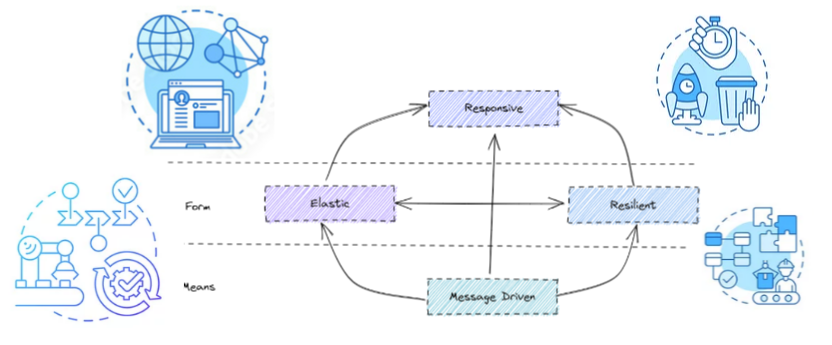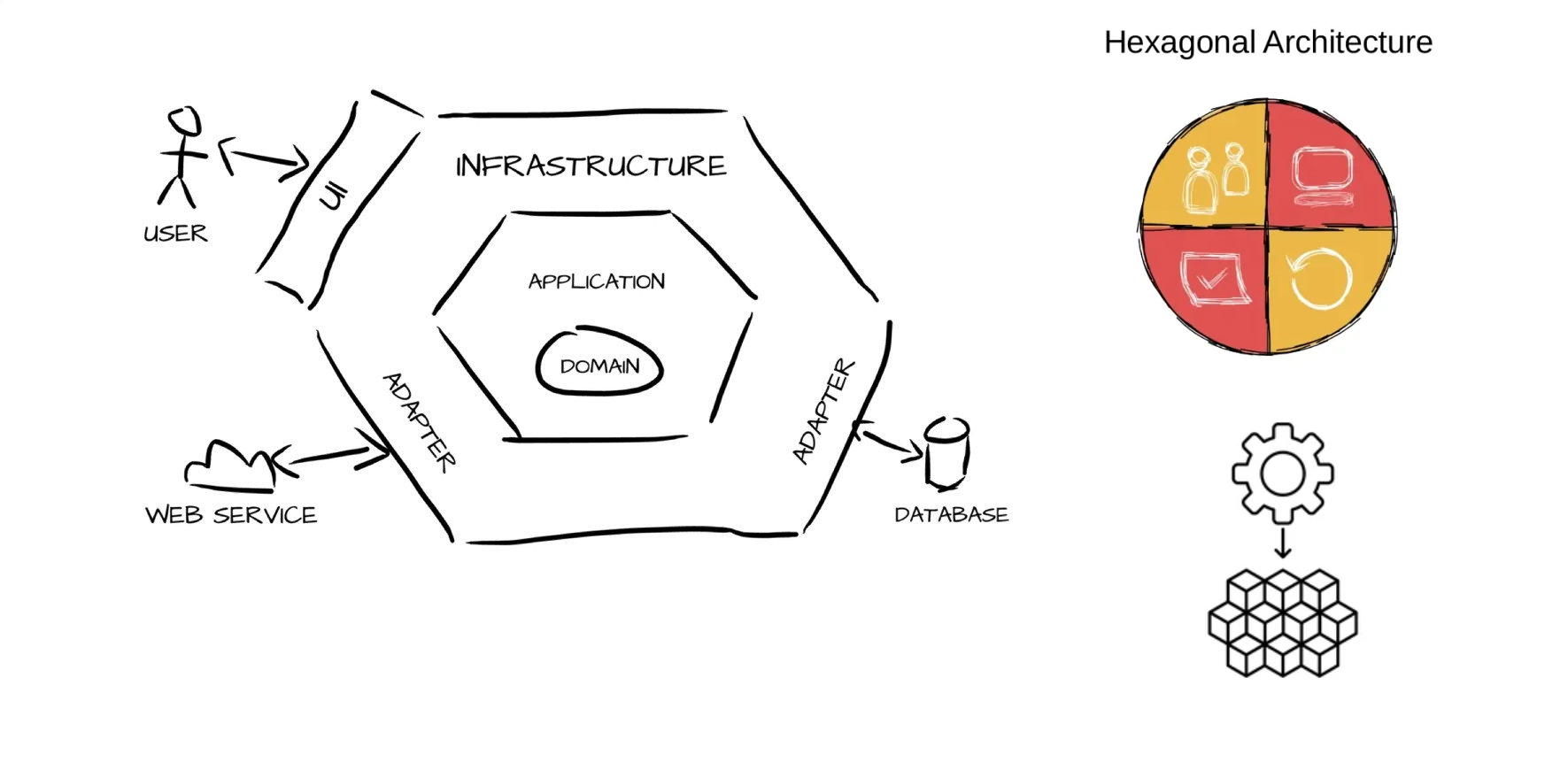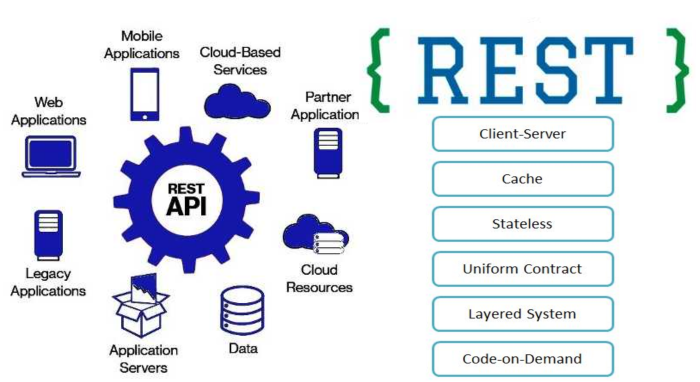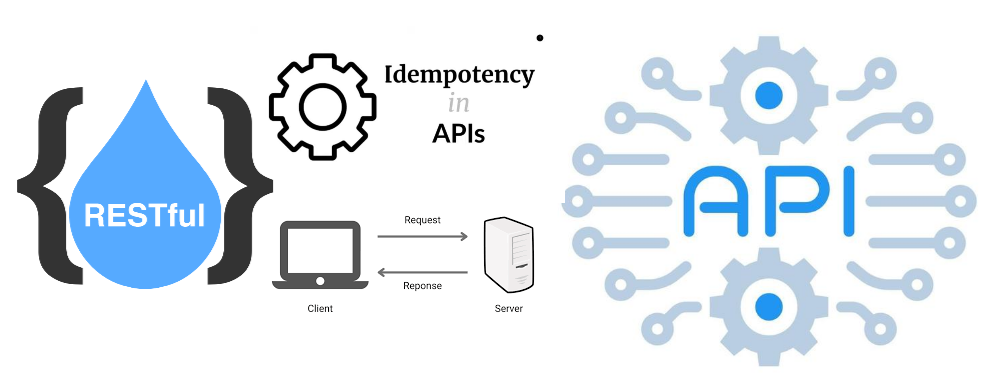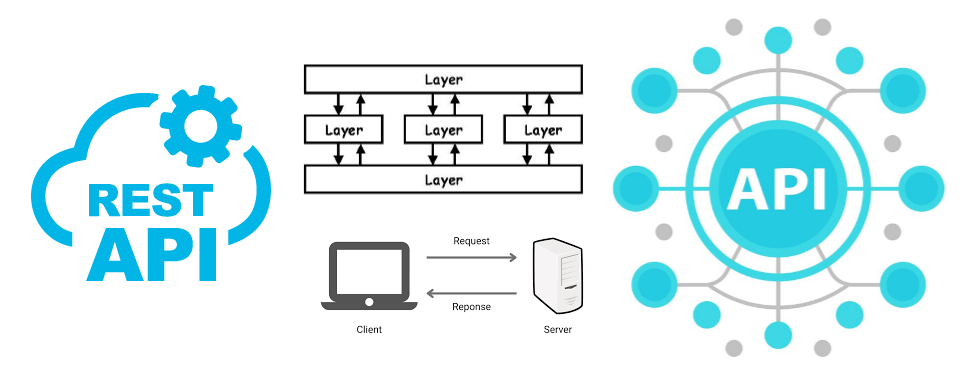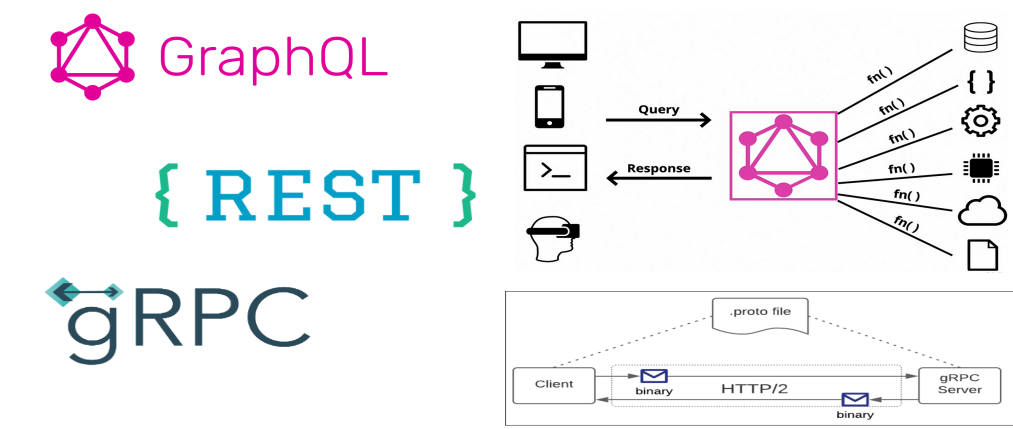
API architecture showdown - Rest vs graphQL vs gRPC
Three technologies stand out as primary choices for developing API’s REST, GraphQL, and gRPC. Understanding what they bring to the table and making sure it aligns with your API design goals is key in developing successful API’s
